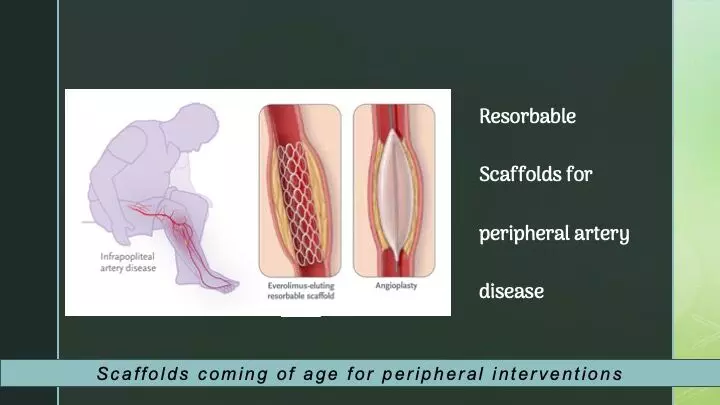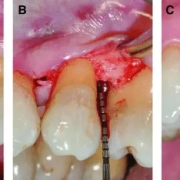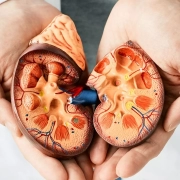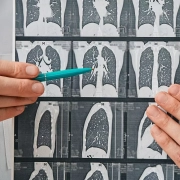Medical Colleges to be fined Rs 1 crore per seat, 2-year bar on admissions for violation: NMC PGMER 2023

New Delhi: Aiming to put an end to backdoor entries to PG medical courses, the National Medical Commission (NMC) has clarified that medical colleges and institutes will have to pay a fine for illegal admission, in violation of the rules and regulations.
If any student is admitted to a postgraduate course in any other way than counselling, or in violation of the Post-Graduate Medical Education Regulations (PGMER) 2023, then the concerned medical institute granting admission to such students shall have to pay a fine of Rs 1 crore per seat for non-compliance.
Further, if the medical institute continues such a practice, then the concerned institute shall be barred from granting admissions to any student in the subject for a minimum of two academic years from the next academic year.
The Commission also specified that the student, who gets admitted in such an illegal manner shall also be discharged from the medical college and double the number of seats shall be reduced from the concerned medical institute for one or more years.
Medical Dialogues had earlier reported that the final Post-Graduate Medical Education Regulations, 2023 (PGMER 2023), which were published in the official Gazette on 29.12.2023, lay down the rules and regulations regarding admission, counselling, and other details related to the postgraduate medical courses.
Also Read: NMC’s new rules spell out harsh penalties for Misrepresentation by Medical Teachers
Section 4.5 of the PGMER 2023 clarified that any student seeking admission to PG medical courses in any other way than Counselling shall be prohibited. It stated, “No medical institution shall admit any candidate to the Post-Graduate Medical Education courses (including super-speciality medical courses) in contravention of these regulations. Provided the medical institution granting admission to any student in contravention of these Regulations, shall be fined rupees one crore per seat for non-compliance.”
“For any subsequent non-compliance or continued contravention, the medical institution shall be barred from granting admissions to any student in the subject for minimum two academic years from the next academic year. Provided further that such Student admitted in contravention of this mandate shall be discharged from the Medical College and double the number of seats shall be reduced for one or more years,” further stated the regulations.
Several other ways have been prescribed by the National Medical Commission (NMC) to bring transparency in the admission process. Releasing the PGMER 2023, NMC has also made it mandatory to conduct counselling for postgraduate medical admissions via online mode only.
NMC clarified that all the rounds of counselling for all seats will be held via online mode by the State or Central Counselling Authority. Further, the Commission has specified that the medical colleges must mention the fees for each course while entering the details in the Seat Matrix.
Powered by WPeMatico



















